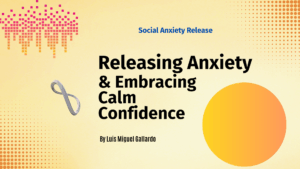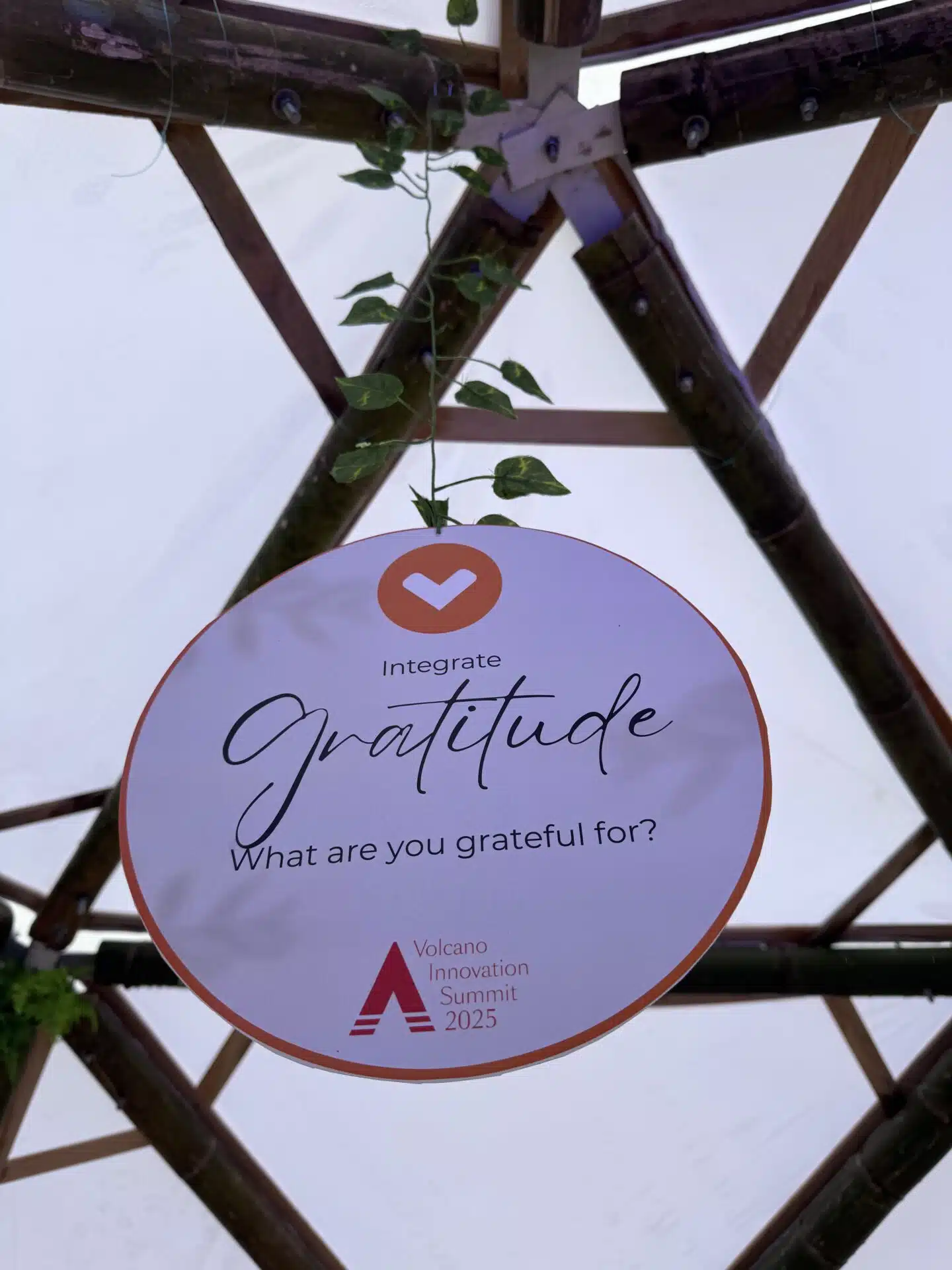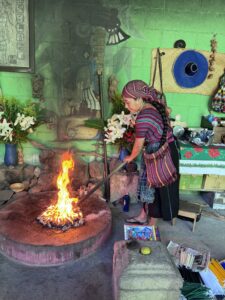
Releasing Social Anxiety on Campus: Why We Have It, What It’s For, and How to Loosen Its Grip
A quick note before we dive in This article is

Introduction — A Call We Can No Longer Postpone It’s time to coordinate the world’s do‑gooders. Imagine every foundation, NGO, social enterprise, school, city and community group acting as one global alliance—sharing knowledge, aligning goals, and scaling what works. That is how we turn today’s scattered excellence into tomorrow’s systemic change. It is also how we move beyond crisis management toward the World Happiness Foundation’s vision of Fundamental Peace—a holistic state in which freedom, consciousness, and happiness for all are the measure of progress. World Happiness Foundation
The assets for a historic collaboration already exist. Conservatively, the social‑purpose ecosystem is on the order of 20 million organizations worldwide when you combine nonprofits, social‑economy enterprises, community associations and civic groups. You can triangulate this order of magnitude from official snapshots:
Add the rest of the world—plus schools and universities, city programs, cooperatives, faith communities, and countless informal groups—and the coalition of potential partners clearly numbers in the many millions. The challenge isn’t scarcity; it’s coordination at scale.
The problems we face are boundary‑spanning: climate, mental health, pandemics, loneliness, inequality, forced migration. No single actor—nor single sector—can solve them. That’s why the UN’s Sustainable Development Goal 17 is about revitalizing global partnerships; every other goal depends on it. Partnership is the meta‑goal. Sustainable Development Goals
A network‑of‑networks unlocks compounding returns: fewer duplications, faster learning cycles, interoperable data, pooled finance, shared capacity, and peer‑to‑peer adoption of proven solutions across borders and sectors. In practice, that means schools learning from cities, cities from NGOs, NGOs from social businesses, and all of them learning from one another—at speed.
Too many initiatives are framed as fighting 17 separate fires. The Happytalist perspective that animates the World Happiness Foundation invites us to flip the script: aim to build prosperity, health, peace, and ecological harmony—together—rather than only fighting deficits. This is not wishful thinking; human behavior data backs it up. The World Happiness Report 2025 shows the pandemic‑era “benevolence bump” has endured: benevolent acts in 2024 remained ~10% above pre‑pandemic levels, and “helping a stranger” was still up by about 18% vs. 2017–2019. In short: generosity is sticky and can be mobilized. World Happiness ReportWorld Happiness Report
An abundance mindset is not naïve; it is strategic. When organizations act from trust and share openly, breakthroughs diffuse dramatically faster. That’s the culture a planetary collaboration network must normalize—mutual empowerment over turf protection.
Reframing the SDGs through Happytalism clarifies what we’re building, not only what we’re fixing. The World Happiness Foundation’s redefinition emphasizes outcomes like “Abundant Prosperity for All” (in place of “No Poverty”), “Planetary Well‑Being & Climate Balance” (rather than only “Climate Action”), and “Peaceful Coexistence & Conscious Governance” (expanding “Peace, Justice & Strong Institutions”). Framed this way, the SDGs become a shared creative brief for every sector. World Happiness Foundation
This lens also centers integration with nature: social innovation that regenerates ecosystems—not exploits them. The Foundation’s position on life on land calls for interspecies harmony and biodiversity as foundations of human flourishing. Human well‑being and planetary well‑being rise together—or not at all. World Happiness Foundation
To create conditions where people actually flourish, we must wire the network into the everyday institutions that shape lives.
These examples are not isolated; they are building blocks for a networked architecture of flourishing that is local and global.
The World Happiness Foundation is orienting global collaboration toward freedom, consciousness, and happiness—our definition of Fundamental Peace—and advancing this vision through policy forums, partnerships and learning ecosystems. The Foundation operates in alignment with the UN system and publicly states that it holds Special Consultative Status with ECOSOC, enabling contributions to multilateral processes and to the global conversation on development beyond GDP. World Happiness Foundation
Our collaboration with the UN‑established University for Peace through Gross Global Happiness demonstrates how research, practice, and policy can be co‑created and disseminated globally. The aim is practical: equip leaders in every sector with evidence‑based tools to generate well‑being, inclusion, and peace at scale. UPEACE Centre for Executive Education
Here is a bold, immediately actionable blueprint that any foundation, NGO, school, city or social enterprise can adopt—and help steward globally:
This is a rallying cry. We now know that people’s willingness to help remains high; the world’s benevolence has not snapped back to old baselines. Let’s match that human readiness with institutional architecture—a global network of good that transforms generosity into durable systems of flourishing. World Happiness ReportWorld Happiness Report
As a community aligned with the World Happiness Foundation, we invite foundations, NGOs, social enterprises, schools, universities, cities and faith communities to align with our Happytalist reframing of the SDGs, to collaborate through Gross Global Happiness at the UN‑established University for Peace, and to leverage our policy presence (through UN ECOSOC consultative engagement) to help move multilateral agendas beyond GDP toward freedom, consciousness and happiness for all. Bring your tools, data, and tested solutions. Share them. Improve them. Then help the next city, school, or NGO adopt them. This is how we turn millions of isolated efforts into a coherent, unstoppable movement. World Happiness Foundation+1UPEACE Centre for Executive Education
Let’s make collaboration our default setting. Let’s align impact with nature’s regeneration. Let’s measure progress by the joy, dignity, and freedom people actually experience.
If we act together—across 20 million organizations and billions of citizens—there is no ceiling on what we can achieve. This is the moment to choose abundance, organize our compassion, and co‑create Fundamental Peace. Join us. Now.
References (key sources cited in‑text):
Bold action starts with bold alignment. Let’s connect, contribute, and build the world our hearts already know is possible.
#GlobalNetworkOfGood #Happytalism #FundamentalPeace #FreedomConsciousnessHappiness #WorldHappinessFoundation #GrossGlobalHappiness #WellbeingEconomy #SDGs #SDG17Partnerships #AbundanceMindset #SocialInnovation #RegenerativeDesign #PlanetaryWellbeing #InterspeciesHarmony #CitiesOfHappiness #SchoolsOfHappiness #ConsciousLeadership #CollectiveAction #NetworkOfNetworks #OpenCollaboration #ParticipatoryBudgeting #PositivePsychology #MentalHealthMatters #EducationForWellbeing #InclusiveProsperity #ClimateBalance #GlobalCitizenship #MeasureWhatMatters #BeyondGDP #FlourishTogether

A quick note before we dive in This article is

Introduction In this exploration, we bridge the 64 Cosmic Meta

Introduction: I write these words from the vibrant land of